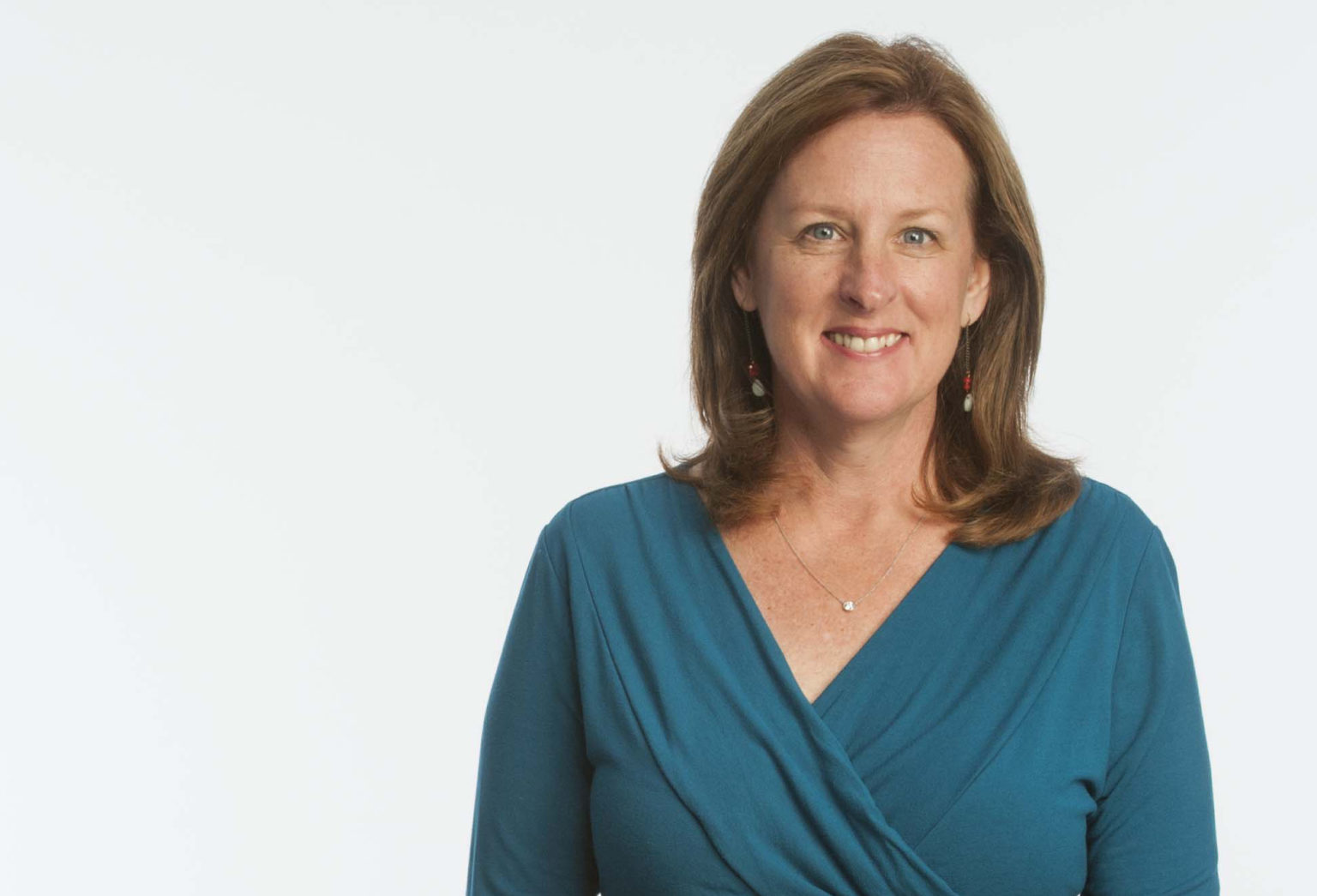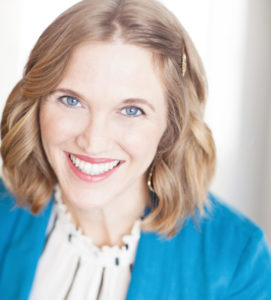10.19.2021
By uscbknpt
Division faculty members receive top APTA honors

Photo: Vern Evans
LORI MICHENER, PROFESSOR CLINICAL SCHOLAR-PHYSICAL THERAPY, received the Marian Williams Award for Research in Physical Therapy, and Julie Hershberg, clinical associate professor of physical therapy, earned the Henry O. and Florence P. Kendall Practice Award.
“I’m humbled by the recognition, and that my peers thought my research was important and impactful enough for this award,” said Michener, who specializes in musculoskeletal shoulder disorders.
Finding the Right Fit
Michener, whose award recognizes an individual for sustained outstanding research for at least 10 years, initially didn’t think research was the right fit. “When I was pursuing my master’s degree in sports medicine, I was asked to get involved in a research project. I said, ‘No, not for me — I don’t think I really like research,’” she recalled saying.
Fast forward a couple of years, while studying the effects of a training program on athletic performance, Michener found her passion for research.
“I really wanted to understand the ‘why,’” she said. “Why people with a certain diagnosis have pain or disability, and how understanding the ‘why’ can really help patients.”
Michener went on to pursue her PhD in biomechanics and orthopedic physical therapy, focusing on understanding movement and identifying faulty movements and developing treatments to optimize outcomes of care.
“What drives my research is how to best treat patients,” she explained. “I enjoy the discovery process and the ability to leverage what I discover for the patients I treat.”
Michener studies movement patterns and how they relate to a patient’s underlying condition. She also identifies the best tests and measurements to determine a diagnosis.
“There are about 250 specialized tests we can use to diagnose shoulder conditions,” she explained. “Determining which tests are best to diagnose patients is important — because the diagnosis, in part, drives treatment decision-making.”
When it comes to care, Michener examines the most effective exercises. “How do we load the shoulder, and how much should be used? What are the effects of body weight/loaded exercises? What are the mechanisms of exercise and manual treatments?” she said.
Michener credits USC for driving her to find answers through her work. “There are a lot of smart, engaged faculty here, who challenge you to be better and expand your thinking about your research,” she says.

JennKL Photography
Quality of Caring
For Hershberg, receiving an award named for Florence P. Kendall, a physical therapy pioneer, was a humbling experience. “When I was a PT student 20 years ago, Florence was my idol,” Hershberg said. “Her textbook was one of the first [PT] textbooks I had.”
At a conference, Florence Kendall signed that textbook. “I still have that with her signature,” says Hershberg, owner of Re+active Physical Therapy. “It’s an honor to have an award in her name.”
The award also recognizes someone who promotes physical therapy as a caring profession, which Hershberg finds especially meaningful. “That’s why I got into physical therapy — to be that,” she says. “I’m starting to get teary-eyed.”
Hershberg has always been curious about people’s stories and struggles, and how it affects the way they move. “Connecting on a personal, functional and movement level, you get to know people really deeply — what they’ve been through and where they want to be,” she said.
As a neurologic physical therapist, Hershberg specializes in movement disorders and motor learning.
“There’s a mystery-solving piece to what we do,” she said. “Looking at what’s missing in the commu-nication between the brain and the body, and restoring that in creative ways.”
Treating patients with degenerative diseases, like Parkinsonisms and ALS, comes with unique challeng-es. “I’ve lost a lot of patients to neurologic disorders,” she said. “It’s fulfilling to work with patients to the very end, even through hospice.”
Hershberg credits USC for the path she took in her career. “I feel like I wouldn’t even be here without USC,” said Hershberg, who completed her neurologic residency at the university.
“It set me on a trajectory of upholding a level of clinical and research excellence; it set me up for all of my next steps.”
Hershberg now teaches USC students in the classroom and as residents in her clinic. “USC is in every part of my PT practice, which I feel so thankful for,” she said.

